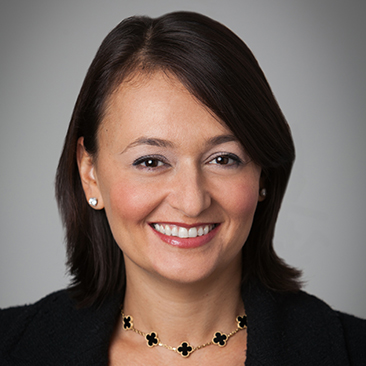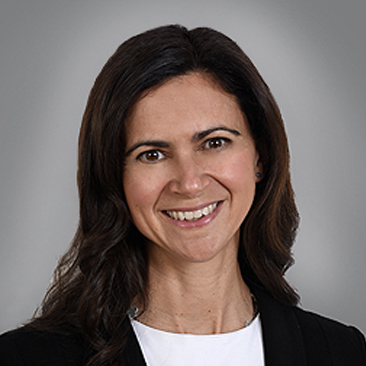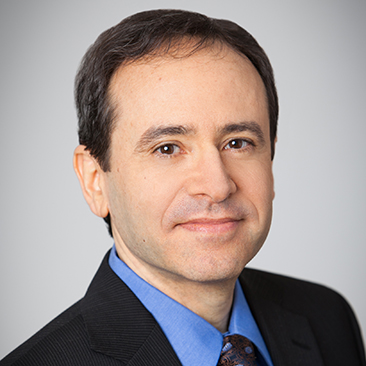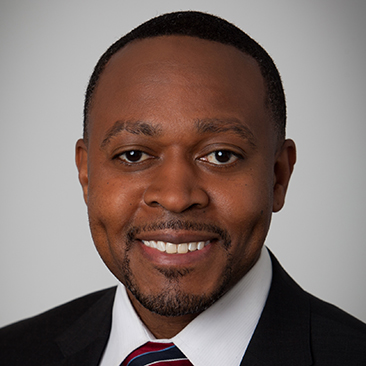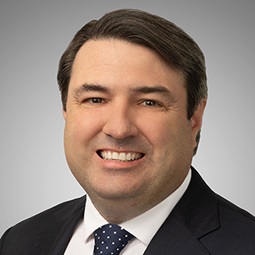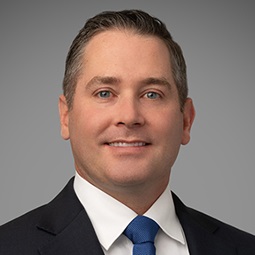On Saturday, the U.S. Securities and Exchange Commission (SEC) reached startling and swift settlements with Tesla and Tesla CEO and Chairman, Elon Musk. The settlements, which remain subject to court approval, came just two days after filing suit against Musk and on the same day suit was filed against Tesla for: in the case of Musk, securities fraud under Section 10(b) of the Securities Exchange Act of 1934 (Exchange Act) and Rule 10b-5 thereunder and, in the case of Tesla, failing to have disclosure controls and procedures relating to Musk’s tweets. Perhaps most notably, the lawsuit against Musk, if not settled, could have led to a complete bar from Musk serving as an officer or director of a public company in the future. Together with the SEC guidance from 2008, available here, and from the Spring of 2013, available here, the latter of which was issued after the Netflix CEO’s use of his personal Facebook page to announce material information about Netflix, this development is an important reminder that use of social media as a primary means to distribute material news about a company can be dangerous without careful application of a well-designed set of disclosure controls and procedures and must be carefully vetted. This is also a reminder that an essential component of such controls and procedures is rigorous oversight of all communications of material information about the company. Otherwise, companies run the risk that the SEC, via its enforcement powers, itself will impose corporate governance reforms.
The SEC’s complaint against Musk alleged that Musk mislead investors when he tweeted, on August 7, 2018, that he could take Tesla private at $420 per share (a premium to its trading price at the time), that funding for the transaction had been secured, and that the only remaining uncertainty was a shareholder vote. Over the next few hours, Musk made additional statements about taking Tesla private and NASDAQ halted trading of Tesla shares.
The SEC’s complaint against Musk specifically alleged that Musk knew, or was reckless in not knowing, that his statements were false and/or misleading, causing significant confusion and disruption in the market and resulting in harm to investors. The SEC claimed that the potential transaction was uncertain and subject to numerous contingencies, that Musk had not discussed specific deal terms, including price, with any potential funding source, and that his statements about the possible transaction lacked an adequate basis in fact. The SEC also noted that Musk did not consult with Tesla’s board, any other Tesla employees, or any outside advisors about the tweets before publishing them.
Musk and Tesla agreed to important reforms designed to strengthen Tesla’s disclosure controls and procedures and corporate governance and oversight, and prevent further market disruption and harm to Tesla’s shareholders. The settlements, which as noted are subject to court approval, included the following terms:
- Musk will step down as Tesla’s Chairman and be replaced by an independent Chairman. Musk will be ineligible to be re-elected Chairman for three years (but may remain on the board and may remain CEO);
- Tesla will appoint a total of two new independent directors to its board;
- Tesla will establish a new committee of independent directors to put in place additional controls and procedures to oversee Tesla’s and/or its senior executive’s communications and to review and resolve human resources issues or issues raising conflicts of interest that involve any member of executive management;
- Musk and Tesla will each pay a separate $20 million penalty. The $40 million in penalties will be distributed to harmed investors under a court-approved process.
Notably, the SEC did not allege that Tesla and Musk had violated Regulation FD’s prohibition against selective disclosure of material information, which may mean that the SEC concluded that the company had identified Musk’s twitter account as a “recognized channel of distribution.” In fact, Tesla had filed an 8-K in November 2013 notifying the market that it intended to use Musk’s Twitter account as a means of announcing material information about Tesla and encouraged investors to review Musk’s tweets for such information. Since that time, Musk has used his Twitter account to distribute material information, including company financial projections and key non-financial metrics and the SEC noted that 22 million people, including members of the media, “followed” Musk on twitter.
According to the SEC’s complaint, Tesla, however, did not have disclosure controls or procedures in place to assess whether the information Musk disseminated via his Twitter account was required to be disclosed in reports Tesla files pursuant to the Exchange Act within the time periods specified in the SEC’s rules. The complaint further stated that Tesla did not have processes in place to ensure the information Musk published via his Twitter account was accurate or complete. Further, the SEC alleged that Musk did not routinely consult with anyone at Tesla before publishing Tesla-related information via his Twitter account and no one at Tesla reviewed Musk’s tweets prior to publication. The complaint also implied that only after the controversial August 7, 2018 tweets roiled the markets did Tesla develop corporate policies that specifically addressed Musk’s use of Twitter.
Although the SEC did not highlight the specific disclosure control reforms in the press release announcing the settlements – focusing mainly on the governance measures discussed above, companies should take note of the settlement terms addressing disclosure controls, including that the Company must:
- Employ or designate an experienced securities lawyer acceptable to the SEC to review all social media communications by Tesla’s senior officers and to advise on federal securities law issues;
- Implement mandatory procedures and controls over Musk’s social media communications and pre-approve all such written communications that contain, or reasonably could contain, material information;
- Certify such compliance in the form of a narrative supported by exhibits sufficient to demonstrate compliance to the SEC staff.


